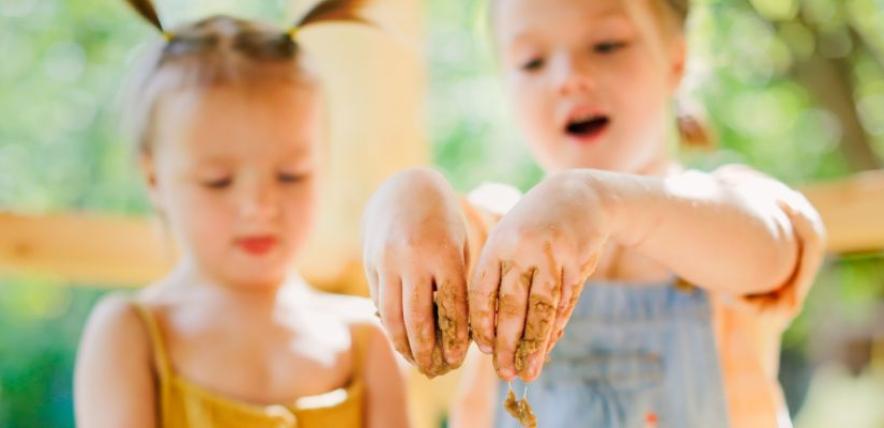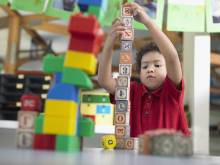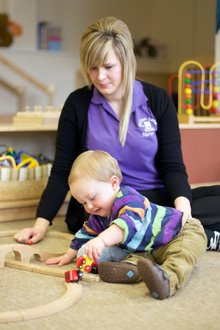Activities to help develop fine motor skills for the under fives.
So much of what we do each day relies on our fine motor skills. A baby clumsily grabbing for your necklace, a toddler learning to drink with a straw, or a pre-schooler starting to write their name are all putting their fine motor skills to use. So what exactly are they, and how can we help to develop them?
Motor skills is a term used to cover actions which require movement of muscles in our bodies. Gross motor skills involve moving the limbs to make large movements such as crawling, standing and walking. Fine motor skills are those that we use to make more precise movements using the smaller muscles found in our lips, hands, feet, fingers, toes and wrists. These are the movements that really help your child as they begin their early journey through life, as they are used constantly to write, cut and draw.
The following activities will help your child to strengthen the muscles involved in fine motor movements, to practise their coordination and to develop specific skills such as holding smaller items. Resources are widely available at little or no cost, require minimal preparation and will be fun and exciting for your child. Many can also be adapted according to the age and stage of your child.
Threading Beads
For very young children something solid like a straw or pipe-cleaner will help, as will chunky ‘beads’ such as pasta tubes or cotton reels. Older children could use thick yet flexible thread such as new shoelaces or garden twine, and smaller beads.
Good for: pincer grip, hand/eye coordination.
Playdough
Making the dough is a good warmup, with plenty of mixing and stirring. Once made, the dough can be used for a multitude of activities, and it is great for developing fine motor skills as it is constantly working those little muscles of the hands. Supply some extras and watch the fun unfold: bun cases and birthday candles; some sticks, pebbles, shells and leaves; plastic animals; some rolling pins and cutting wheels; a potato ricer; paper plates and herbs; toy cars; old food packets and boxes. As you can see the possibilities are endless.
Good for: strengthening all the muscles of the fingers, hands and wrists.
Clothes line
Hang a length of string low enough for your child to reach (but not so low they will trip over it) and give them a number of light items - dolls clothes, socks, tea towels - to hang up, plus a basket of pegs. Demonstrate how to pinch the peg open and release to close, and let them have a go. Before long you may have a part-time washing assistant!
Good for: hand/eye coordination, pincer grip
Sewing
This can be as basic or as advanced as necessary. For basic level ‘sewing,’ use broad ribbons to thread in and out of a hole-punched card. Tie knots for easy to grip ribbons. More advanced stitchers could use thick plastic needles or thick darning needles with wool and binca (fabric with holes woven in to make it easier,). As your child becomes more expert they can even attempt to thread their own needles! Felt is good for more advanced sewing projects, too although it can be difficult for a little one to push a needle through layers of felt.
Good for: pincer grip, hand/eye coordination.
Other activities
Fastening buttons, zips and laces;
Messy sensory play;
Remember, practice makes perfect and with plenty of encouragement from you, you'll see your little one advancing leaps and bounds with these fiddly finger activities - and most importantly, having lots of fun together too!
Written for the Early Years Alliance by Martha Hales.







